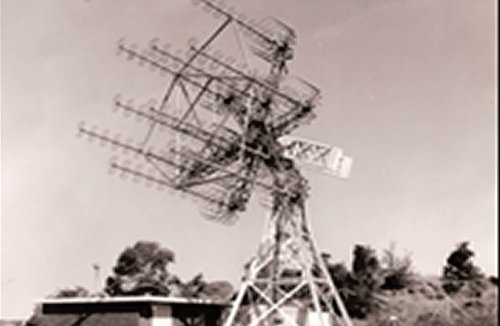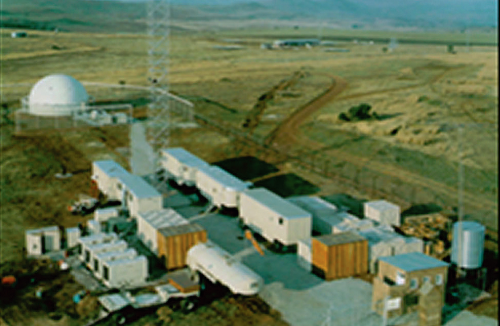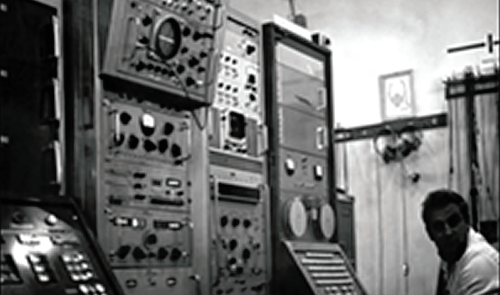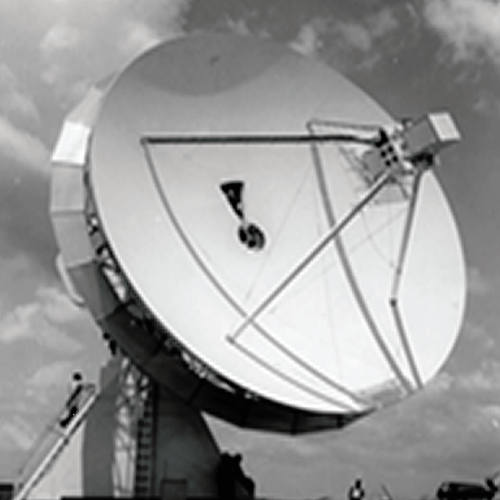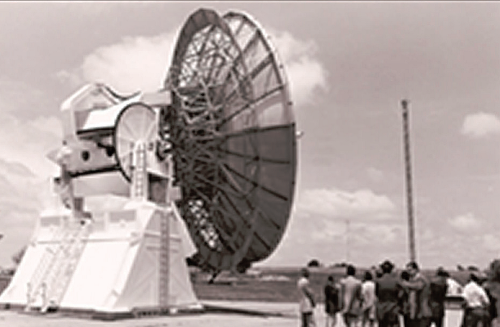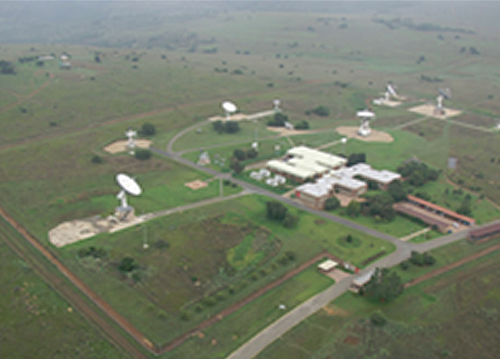Agency: South African National Space Agency (SANSA)
RAD Manager: Dr. Paida Mangara
Project Manager: Mr. Phila Sibandze
Website developer: Mr. Hugo De Lemos
Contributors: Hugo De Lemos, Willard Mapurisa, Naledzani Mudau, Willem Vorster, Thomas Tsoeleng, Morwapula Mashalane, Thando Oliphant, Mahlatse Kganyago, Maite Machipi, Wongama Tengela, Johnny Rizos, Dan Matsapola, Nicky Knox, Ndleleni Boyilane, Carole Liddy and Mamphago Molewa.

